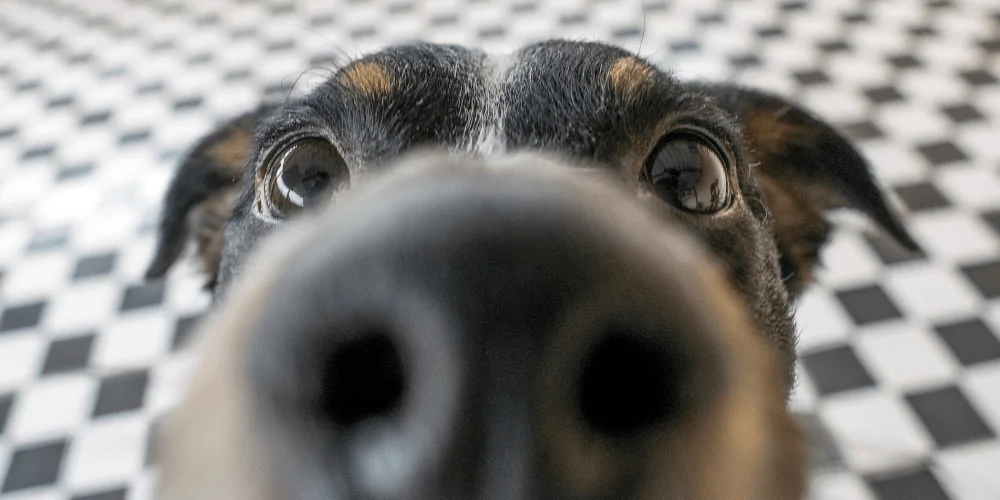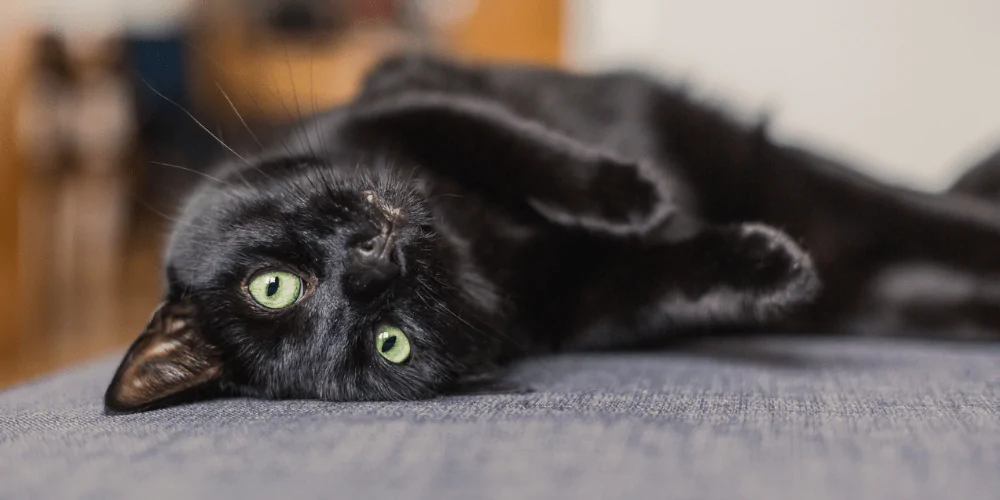
Pet insurance explained: Inner limits

Allie Simpson
21 March 2024 | 3 minutes read
Let’s face it – pet insurance can be perplexing. And no pet parent should have to dig around or hunt for the answers to understand their cover.
Our explainer series is here to cut through the confusion and help you get to grips with your policy. Today, we’re looking at inner limits.
- What is an inner limit in lifetime pet insurance?
> What are some of the common conditions that have inner limits? - How do I know if my cover has inner limits?
- How do I know if my cover limits are high enough?

What is an inner limit in lifetime pet insurance?
When you take out lifetime pet insurance, you choose an annual vet fee limit to cover your pet’s treatment throughout the year.
But many insurers will only pay out a maximum amount towards certain conditions or treatments. This is known as an inner limit.
Your annual vet fee limit and inner limits then reset back up to the full amount when you renew each year.
> What are some of the common conditions that have inner limits?
Some of the common conditions and treatments that insurers will put limits on are:
- CT and MRI scans
- Cruciate ligament
- Behavioural sessions
- Complementary therapy
- Dental illness
- Prescribed diet food

How do I know if my cover has inner limits?
Always check your policy wording as this will explain if your cover has any inner limits.
For Petsure policies, any inner limits can be found in the table of benefits in your policy wording. We call these your ‘limit of cover’. They are also included in your confirmation of cover.
Some of the limits of cover on a Petsure policy include:
- Behavioural treatment and complementary therapy – up to 12 sessions or your chosen vet fee amount, whichever is lower
- Cruciate ligaments – up to £2,000 or your chosen vet fee amount, whichever is lower
- MRI and CT scans – up to £2,000 or your chosen vet fee amount, whichever is lower
- Prescribed diet food – £250
How do I know if my cover limits are high enough?
It can feel like a crystal ball approach when choosing your vet fee limits. After all, no one can predict what may happen to your cat or dog in the future.
Although there’s always a risk with taking out pet insurance, there are a few things you can do to help you decide on your cover levels.
The first thing is to carefully check what’s included within a pet insurance policy, including
- Whether you can cover your pet’s pre-existing conditions
- What treatments are covered
- If there are any inner limits on individual treatments or conditions
Next, always research your pet’s breed to understand if they’re at higher risk of inheriting a condition. While this doesn’t mean they will develop these conditions, it helps you to plan in case they may need treatment in the future.
For example:
- Cocker Spaniels – prone to ear disorders, immune-based diseases and pancreatitis
- Labrador Retrievers – prone to elbow dysplasia, arthritis, and ear disorders
- Persian cats – prone to polycystic kidney disease (PKD), progressive retinal atrophy (PRA), and brachycephalic airway syndrome (BOAS)
Finally, you can check pricing with your local vet to understand what certain medications, treatments, and surgeries may cost you.


